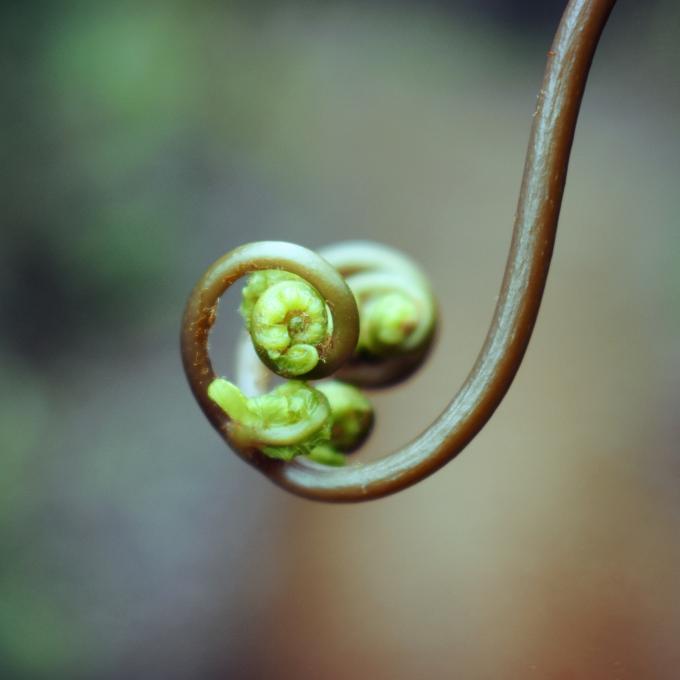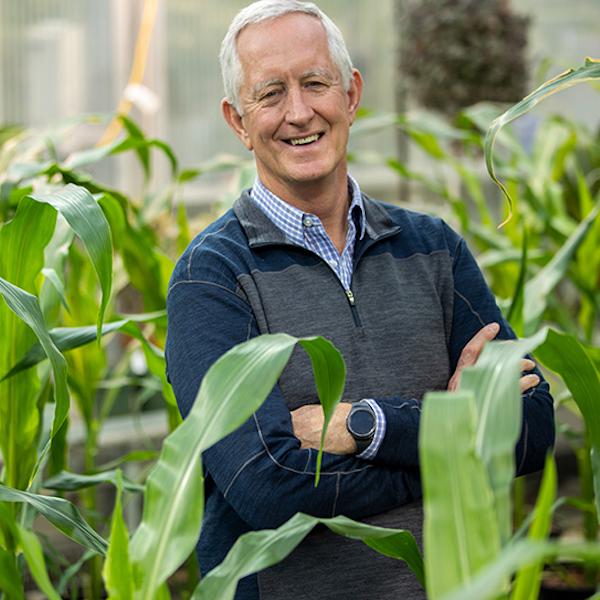Selected Publications
The proteasome stress regulon is controlled by a pair of NAC transcription factors in Arabidopsis. Gladman, N.P., R.S. Marshall, K.-H. Lee, and R.D. Vierstra (2016) Plant Cell (in press).
Defining the SUMO system is maize: SUMOylation is up-regulated during endosperm development and rapidly induced by stress. Augustine, R.C., T.C. Rytz, S.L. York, and R.D. Vierstra (2016) Plant Physiol. (in press).
Crystal structure of Deinoccocus phytochrome in the photoactivated state reveals a cascade of structural rearrangements during photoconversion. Burgie, E.S., J. Zhang, and R.D. Vierstra (2016) Structure 24: 448-457.
Morpheus Spectral Counter: a computational tool for quantitative mass spectrometry using the Morpheus search engine. Gemperline, D.C., M. Scalf, L.M. Smith, and R.D. Vierstra (2016) Proteomics 16: 920-924.
Spotlight: Ubiquitin goes green. Hua, Z., and R.D. Vierstra (2016) Trends Cell Biol. 26: 3-5.
Autophagic recycling plays a central role in maize nitrogen remobilization. Li, F., T. Chung, J.G. Pennington, M.L. Federico, H.F. Kaeppler, S.M. Kaeppler, M.S. Otegui, and R.D. Vierstra (2015) Plant Cell 27: 1389-1408.
X-ray radiation induces deprotonation of the bilin chromophore in crystalline D. radiodurans phytochrome. Li, F., E.S. Burgie, T. Yu, A. Heroux, G.G. Schatz, R.D. Vierstra, and A.M. Orville (2015) J. Amer. Chem. Soc. 37: 2792-2795.
Autophagic degradation of the 26S proteasome is mediated by the dual ATG8/ubiquitin receptor RPN10 in Arabidopsis. Marshall, R.S., F. Li, D.C. Gemperline, A.J. Book, and R.D. Vierstra (2015) Mol. Cell 58: 1053-1066
Crystallographic and electron microscopic analyses of a bacterial phytochrome reveal local and global rearrangements during photoconversion. Burgie, E.S., T. Wang, A.N. Bussell, J.M. Walker, H. Li, and R.D. Vierstra (2014) J. Biol. Chem. 289: 24573-24587.
Crystal structure of the photosensing module from a red/far-red light-absorbing plant phytochrome. Burgie, E.S., A.N. Bussell, K. Dubiel, J.M. Walker, and R.D. Vierstra (2014) Proc. Natl. Acad. Sci. USA 111: 10179-10184.
Autophagy-related (ATG)11 plays an essential role in non-selective autophagy and senescence-induced mitophagy in Arabidopsis. Li, F., T. Chung, and R.D. Vierstra (2014) Plant Cell 26: 788-807.
Phytochromes, atomic perspectives of photoactivation and signaling. Burgie, E.S., and R.D. Vierstra (2014) Plant Cell 26: 4568-4583.
Epigenomic programming contributes to the genomic drift evolution of the F-Box protein superfamily in Arabidopsis. Hua, Z., J.E. Pool, R.J. Schmitz, M.D. Schultz, S.-H. Shiu, J.R. Ecker, and R.D. Vierstra (2013) Proc. Natl. Acad. Sci. USA 110: 16927-16932.
Quantitative proteomics reveal factors regulating RNA biology as dynamic targets of stress-induced SUMOylation in Arabidopsis. Miller, M.J., M. Scalf, T.C. Rytz, S.L. Hubler, L.M. Smith and R.D. Vierstra (2013) Molec. Cell. Proteomics 12: 449-463.
Structure-guided engineering of phytochrome B with altered photochemistry and light signaling. Zhang, J., R.J. Stankey, and R.D. Vierstra (2013) Plant Physiol. 161: 1445-1457.
Advanced proteomic analyses yield a deep dataset of ubiquitylation targets in Arabidopsis. Kim, D.-Y., M. Scalf, L.M. Smith, and R.D. Vierstra (2013) Plant Cell. 25: 1523-1540.
A photo-labile thioether linkage to phycoviolobilin provides the foundation for the unique blue/green photocycles in DXCF cyanobacteriochromes. Burgie, E.S., J.M. Walker, G.N. Phillips Jr, and R.D. Vierstra (2013) Structure 21: 88-97.





